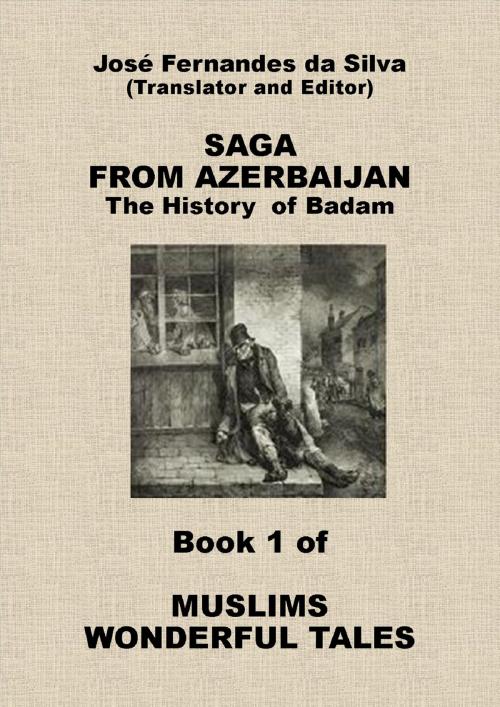Saga From Azerbaijan: The History of Bacam: Book 1 of Muslims Wonderful Tales
Fiction & Literature, Action Suspense| Author: | José Fernandes da Silva | ISBN: | 9781311952783 |
| Publisher: | José Fernandes da Silva | Publication: | September 27, 2014 |
| Imprint: | Smashwords Edition | Language: | English |
| Author: | José Fernandes da Silva |
| ISBN: | 9781311952783 |
| Publisher: | José Fernandes da Silva |
| Publication: | September 27, 2014 |
| Imprint: | Smashwords Edition |
| Language: | English |
Sagas are folkloric and fantastic-realistic epic narratives which speak of events related to life, customs, beliefs and desires of a certain people; in this case, the people of the Caucasian world, in a period usually referring to antiquity.
They are mostly heroic narratives, in which the heroes are both men and women, and that ethical factors such as courage, bravery, loyalty, honor, faith, are the main themes brought to light. Such narratives are not just descriptions of character, but also instruments of teaching in relation to how one lives in community.
The narratives published in this book are part of a series of 17 narratives, being longer or shorter, called in the translation from Swedish to Portuguese Sagas Populares Caucasianas (kaukasiska Folksagor, in swedish), later retranslated to Marvelous Caucasian Tales. Since saga is not a very common denomination in our country, we could say it is a series of wonderful tales, in the related sense of what we call fairy tales.
To the titles of the different chapters, I add subtitles to highlight the names of the main characters and certain issues related to them.
Sagas are folkloric and fantastic-realistic epic narratives which speak of events related to life, customs, beliefs and desires of a certain people; in this case, the people of the Caucasian world, in a period usually referring to antiquity.
They are mostly heroic narratives, in which the heroes are both men and women, and that ethical factors such as courage, bravery, loyalty, honor, faith, are the main themes brought to light. Such narratives are not just descriptions of character, but also instruments of teaching in relation to how one lives in community.
The narratives published in this book are part of a series of 17 narratives, being longer or shorter, called in the translation from Swedish to Portuguese Sagas Populares Caucasianas (kaukasiska Folksagor, in swedish), later retranslated to Marvelous Caucasian Tales. Since saga is not a very common denomination in our country, we could say it is a series of wonderful tales, in the related sense of what we call fairy tales.
To the titles of the different chapters, I add subtitles to highlight the names of the main characters and certain issues related to them.















